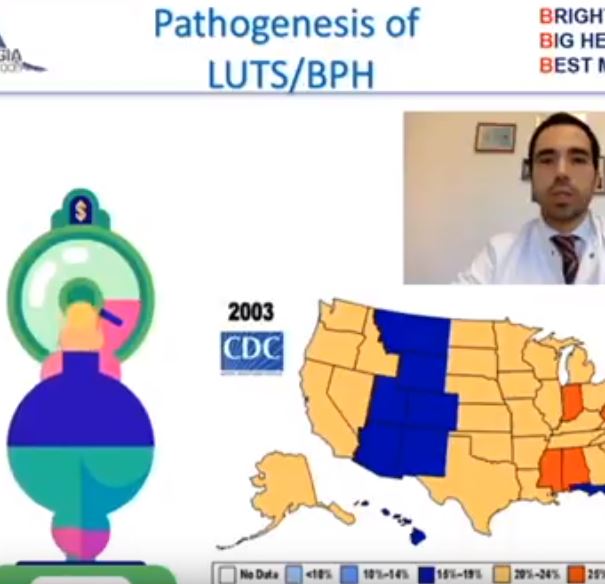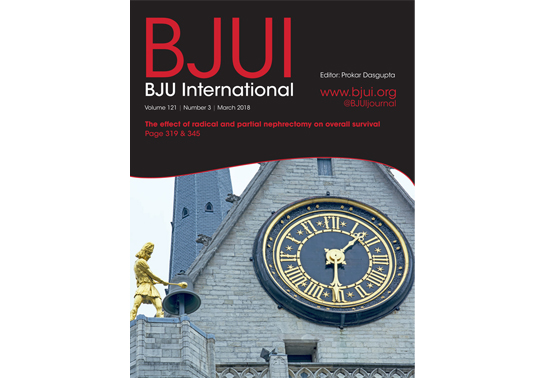Video: Hydrogel spacer for PCa RT
Prospective analysis of hydrogel spacer for patients with prostate cancer undergoing radiotherapy
Abstract
Objective
To report on the dosimetric benefits and late toxicity outcomes after injection of hydrogel spacer (HS) between the prostate and rectum for patients treated with prostate radiotherapy (RT).
Patients and Methods
In all, 76 patients with a clinical stage of T1–T3a prostate cancer underwent general anaesthesia for fiducial marker insertion plus injection of the HS into the perirectal space before intensity‐modulated RT (IMRT) or volumetric‐modulated arc RT (VMAT). HS safety, dosimetric benefits, and the immediate‐ to long‐term effects of gastrointestinal (GI) toxicity were assessed.
Results
There were no postoperative complications reported. The mean (range) prostate size was 66.0 (25.0–187.0) mm. Rectal dose volume parameters were observed and the volume of rectum receiving 70 Gy (rV70), 75 Gy (rV75) and 78 Gy (rV78) was 7.8%, 3.6% and 0.4%, respectively. In all, 21% of patients (16/76) developed acute Grade 1 GI toxicities, but all were resolved completely by 3 months after treatment; whilst, 3% of patients (2/76) developed late Grade 1 GI toxicities. No patients had acute or late Grade ≥2 GI toxicities.
Conclusion
Injection of HS resulted in a reduction of irradiated rectal dose volumes along with minimal GI toxicities, irrespective of prostate size.










